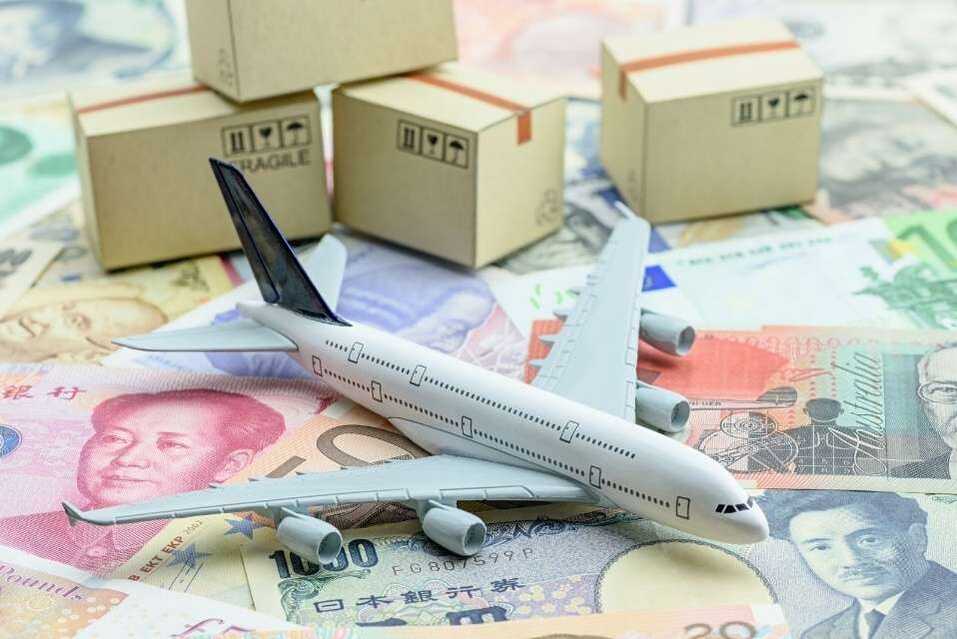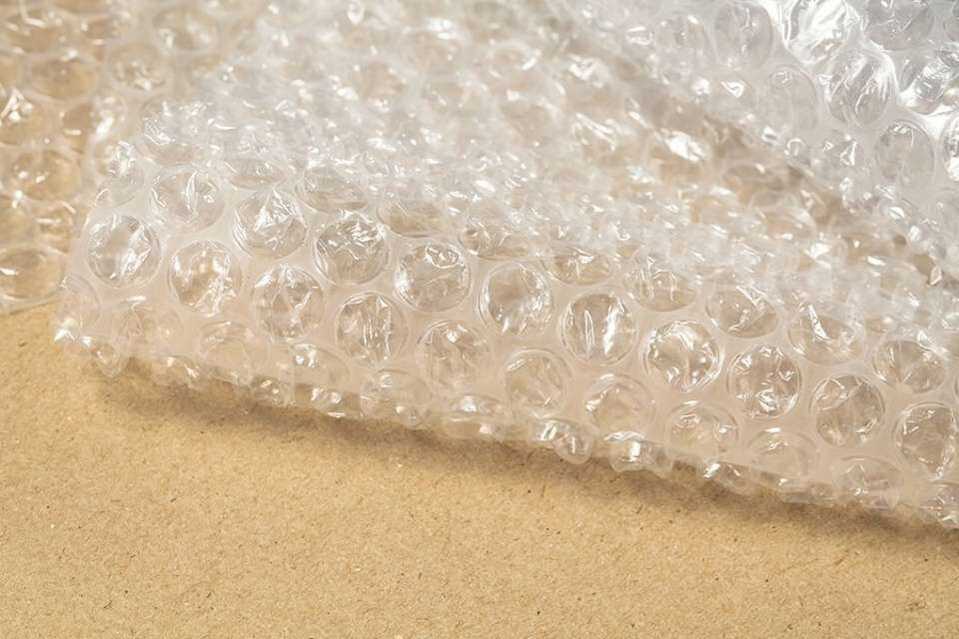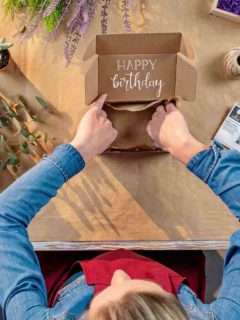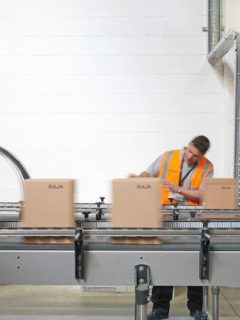Protecting a parcel during shipment is essential to ensure that the consumer receives the products. Breaking, opening and tearing during transport are common risks. Fortunately, it is possible to avoid these pitfalls by using the right protection.
From bubble wrap to labels to the choice of cardboard, what are the most effective ways to protect your goods from shipping risks?
This article was updated in September 2020.


The most commonly used parcel protections
Bubble wrap
Bubble wrap, also known as bubble stretch film or bubble wrap, is a plastic protective film covered with thousands of air bubbles.
Bubble wrap is used to wrap and protect the items in the parcel. There are different thicknesses and qualities of bubble wrap. But when should bubble wrap be used?
Bubble wrap is a shock absorber that offers optimal protection for your products.
It is widely used for :
- Packing in the event of a move;
- Fragile packages: glassware, crockery, electronic products, etc. ;
- Wedging objects in boxes.
Both highly protective and extremely light, bubble wrap has the advantage of being versatile and can be used as both protection and cushioning.
Bonus tip: Because today’s customers are aware of the environmental impact of their consumption habits, opt for recyclable bubble wrap– your eco-responsible brand image will thank you!
Kraft paper
Kraft paper is a 100% natural, biodegradable and recyclablebiomaterial.
Highly appreciated for its ecological virtues, it is also very resistant and effective against tearing or splitting. When should Kraft paper be used?
Kraft paper is a very resistant opaque material that can be used to :
-
Protecting products;
-
Packing products;
-
Wedging products.
Which Kraft paper should I choose?
The weight of the paper must be adapted to the weight of your goods for optimal protection during your deliveries:
- For light products: grammage of 70 g/m²;
- For heavy products: 90 g/m².
Transport tip: Test the weight of your goods by sending yourself sample parcels using 70g and 90g kraft. If 70g is sufficient, opt for the lighter solution, you will make significant savings on transport costs!
Air cushioning
You may not have heard of it, but here is one of the cushioning materials that could revolutionise your shipments: air cushion cushioning.
Available in a dispenser box, or with a machine that fills the initially empty air cushions, this method of package protection is very simple to integrate into your picking process.
The advantage of this method is that it is much more environmentally friendly than packing particles or chips, or even bubble wrap: this type of packing allows you tosignificantly save raw materials.
How do you protect your parcels during shipment?
The choice of packaging is essential
I have a customer service team that responds to thousands of companies. We observe that most problems are caused by the choice of packaging, which leads to delivery problems, delays, return trips and therefore compensation. Packaging must be taken into account from the start.
Yann Carron de la Carrière, Marketing Director of Boxtal, manages more than 100,000 parcels per month
You have to start with an essential question: what are you going to put in your parcel?
- The wrong choice of cardboard can put your goods at risk during your shipments: what’s more, a dented or damaged cardboard box can disappoint the consumer and harm your customer experience.
- The cardboard, if it is adapted to the product, remains the king of protection: adaptable, handy, light and strong, it combines all the advantages.
It is both a container and a protection.
There are several ranges of cardboard strength, which are determined by the weight and type of product:
- For light and not very fragile products: single flute board;
- For light and fragile products: double flute board (up to 40 kg load);
- For heavy, solid or high-value products: triple-flute board (up to 500 kg load)
As well as the choice of cushioning and adhesive
The packing carton, even if it offers a high level of protection, is not always the right size and is not sufficient to fully protect the goods during handling.
This is where cushioning comes in: it protects your packages from bumps and knocks, especially for fragile items.
Cushioning ensures that the product is well positioned inside the package and remains stable during transport.
Paper, foam, bubble, air cushions: the possibilities are numerous and will depend on the fragility of your goods.
Once the product has been stabilised, the package must be sealed with adhesive tape to :
- Prevent the packages from being opened during the journey;
- Discourage theft attempts.
You can even use a personalised anti-burglary adhesive for maximum security, or a kraft paper adhesive, for an eco-responsible image while remaining secure.

The importance of parcel labelling
Although damage to packages during transport is fortunately not systematic, it is better to anticipate possible legal disputes (refunds, credit notes, etc.) with transporters thanks to scrupulous labelling.
The labels prove that you have requested specific precautions for your parcel:
- “Dangerous product”;
- caution: Fragile product”; “Do not spill”; “Do not handle”; “Do not store”; “Do not use”;
- “Do not spill”;
- The identity card of your parcel (name, quantity, product description, etc.).
Also make sure that you stick the label at the top of the package in a visible place, on a flat and clean surface.
By following these tips, you will minimise the risk of damage to your packages during transport, maximise customer satisfaction and save yourself a lot of logistical and legal problems.
Conclusion: the three key points to remember
- The most commonly used parcel protections are cardboard, bubble wrap, kraft paper and air cushions, which are used to protect and cushion products.
- These protections and their characteristics must be chosen according to the weight and type of product to be shipped: thin or thick weight, double or triple fluted cardboard, etc.
- Prevention is better than cure: the “Fragile Product” label, for example, is never superfluous when shipping products with a high market value and which are somewhat fragile.















